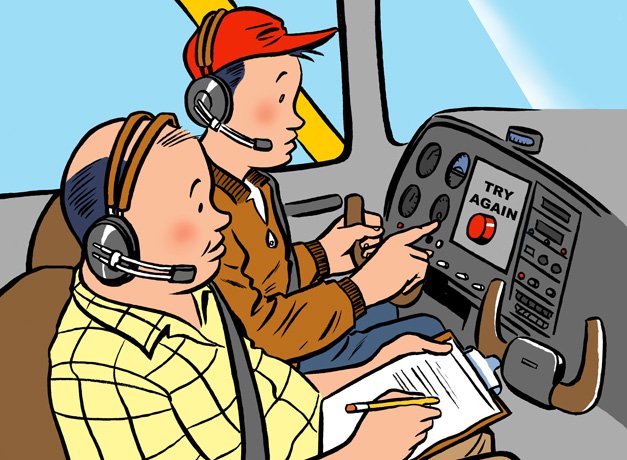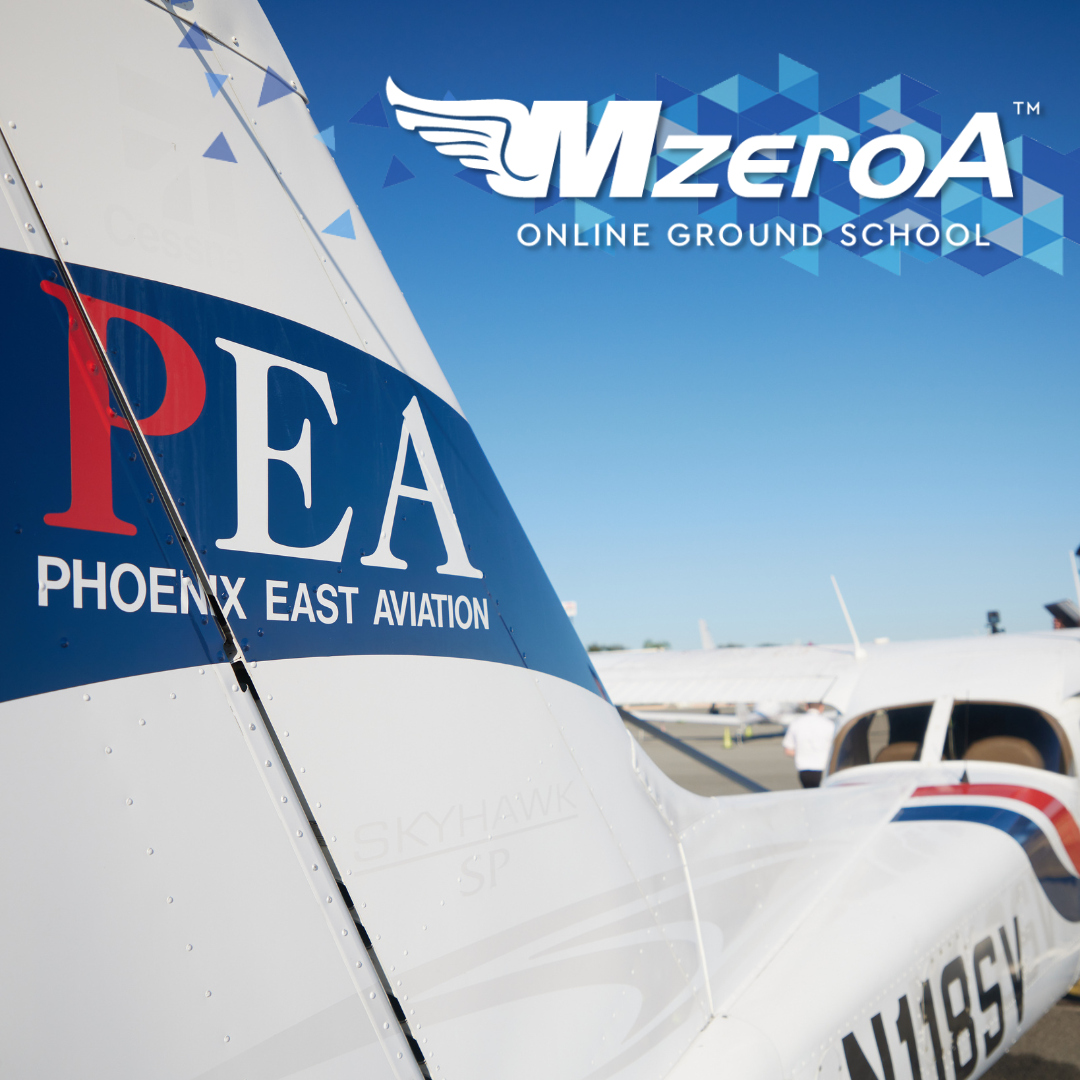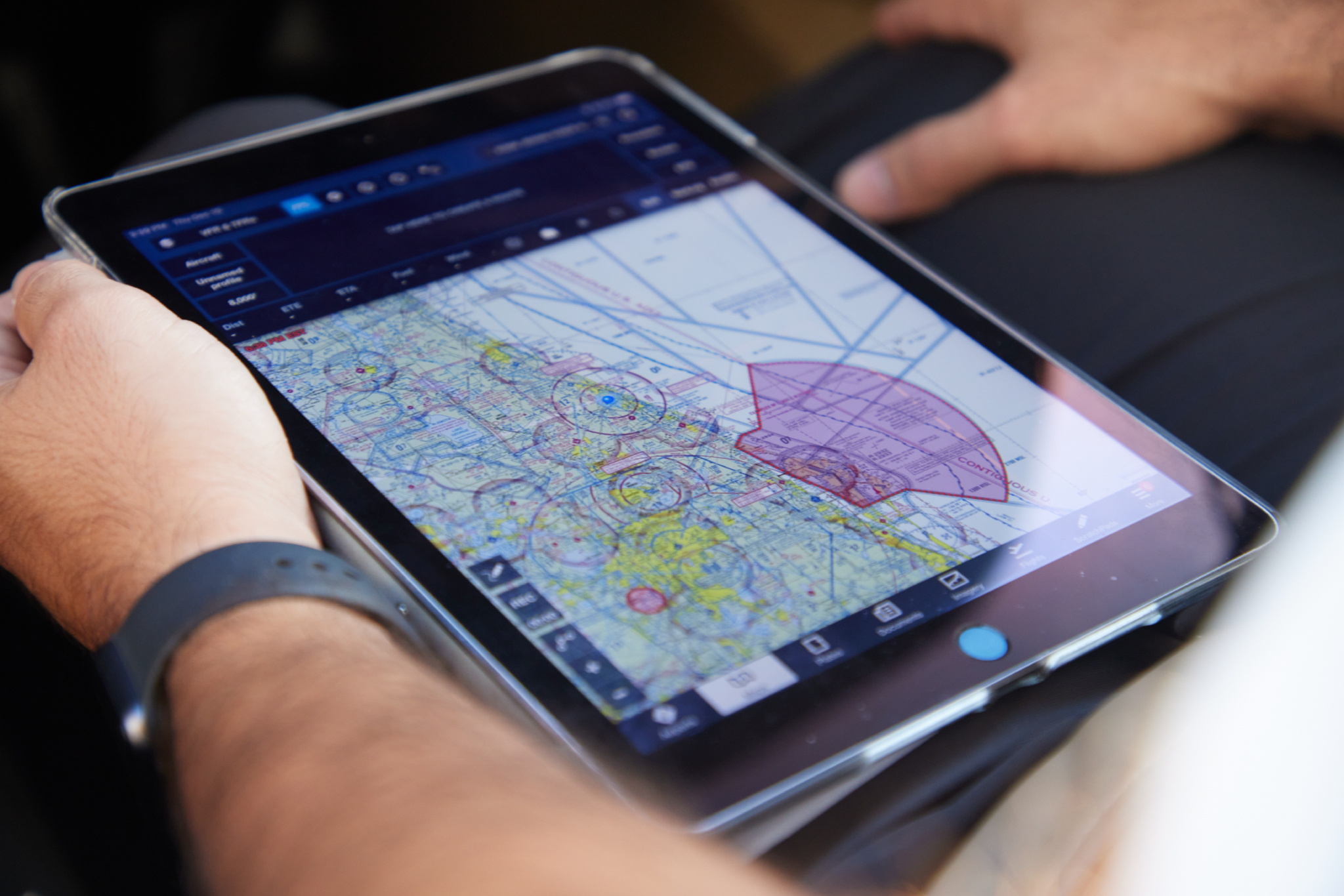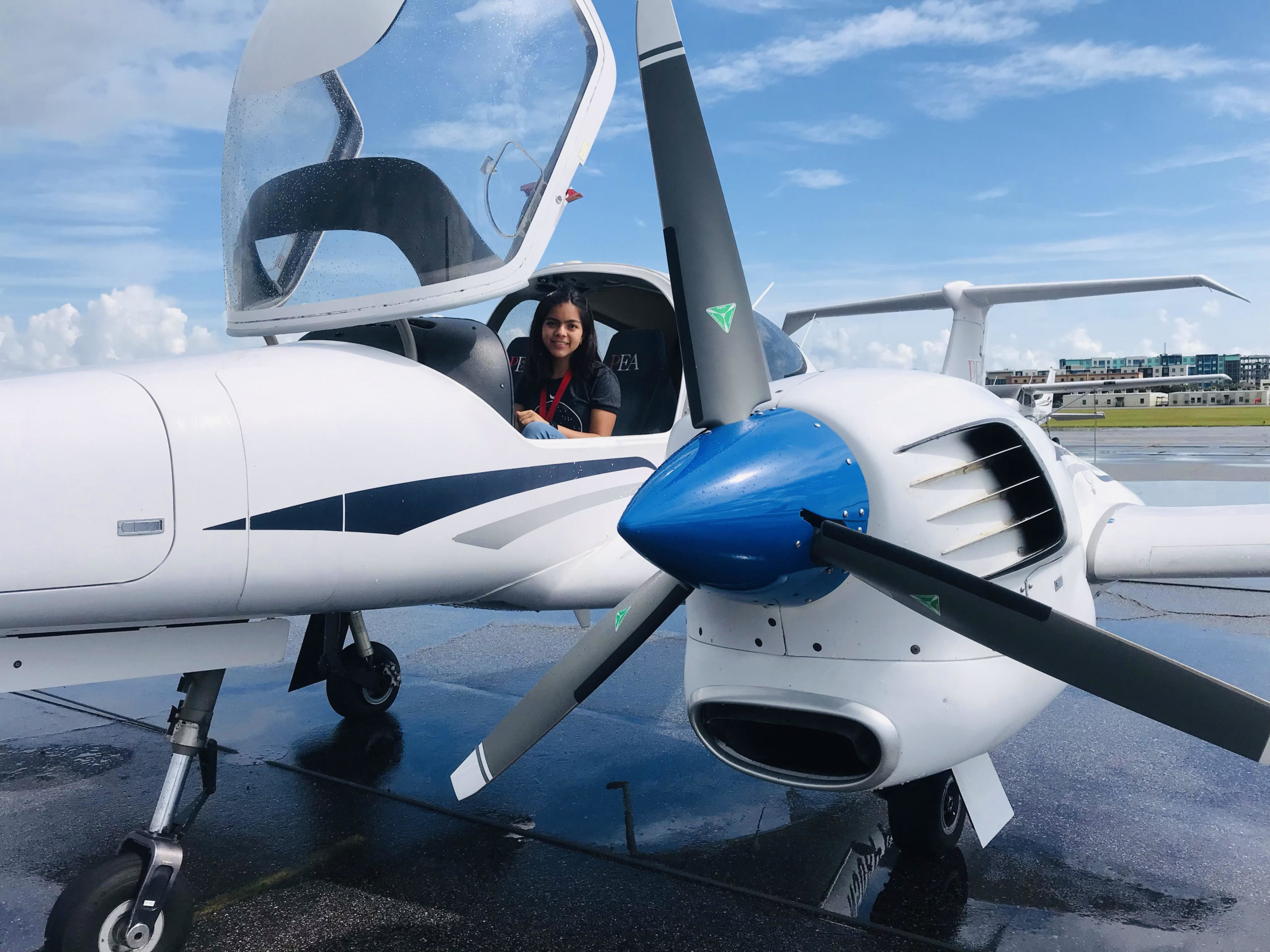What Happens if a Student Fails a Checkride?
There’s probably no bigger fear for a student pilot than a check ride. After all, your future career as a pilot depends on the successful completion of the FAA practical exam in order to move up in the pilot ranks.
And for career pilots, check rides don’t ever go away. The anxiety diminishes some as pilots gain experience and become accustomed to being evaluated, but airline pilots are known to get just as nervous for check rides as student pilots.
Sometimes, it’s helpful is to become familiar with the worst-case scenario in order to put things into perspective: What happens if you fail?

Courtesy of AOPA
Here’s the deal:
Failing a check ride is miserable, but it doesn’t mean your career as a pilot is over with, and the outcome isn’t usually as bad as expected.
All FAA practical exams are “pass or fail” exams, and students are evaluated on a set of practical test standards for that particular exam.
For example, you must stay within 100 feet of your assigned altitude while maneuvering during a steep turn during a private pilot practical test. If you can accomplish the required procedures and maneuvers while staying within the practical test standards, you’ll pass.
Students practice and master these maneuvers before they’re signed off to take a check ride. And instructors won’t schedule a check ride until the student is ready.
But mistakes happen, and if you find yourself taxiing back to the ramp after failing one or multiple parts of the check ride, don’t worry – it’s probably not as bad as you think. You’ll get another shot at the failed maneuver(s) after a little extra training.
If a student fails a maneuver during a check ride, the examiner will notify the student right away. The examiner can end the check ride at any point after a failed item, or he can give the student the opportunity to continue in order to complete the remaining tasks.
The student gets credit for all maneuvers and procedures performed correctly on the check ride, so it’s usually wise to continue on even after a failed maneuver.
When a student fails a maneuver, he or she will obtain additional training with an instructor and then take the practical test again. If the re-test is taken within two months, the student will get credit for any satisfactory tasks performed on the first check ride. This means that in most cases, the student will only need to perform the maneuvers or tasks that were failed the first time. For example, if a student fails the short field landing task but successfully completes the remaining tasks, he or she will only be required to perform one short field landing correctly during the re-check. (However, it’s important to note that an examiner is allowed to evaluate the student on additional tasks as he feels necessary during the re-check, although this is rare.)
Beyond the two-month window, applicants will be required to take the entire check ride over again.
No big deal, right? For most people, the worst part about having to take a second check ride is probably handing over an additional payment to the examiner!




